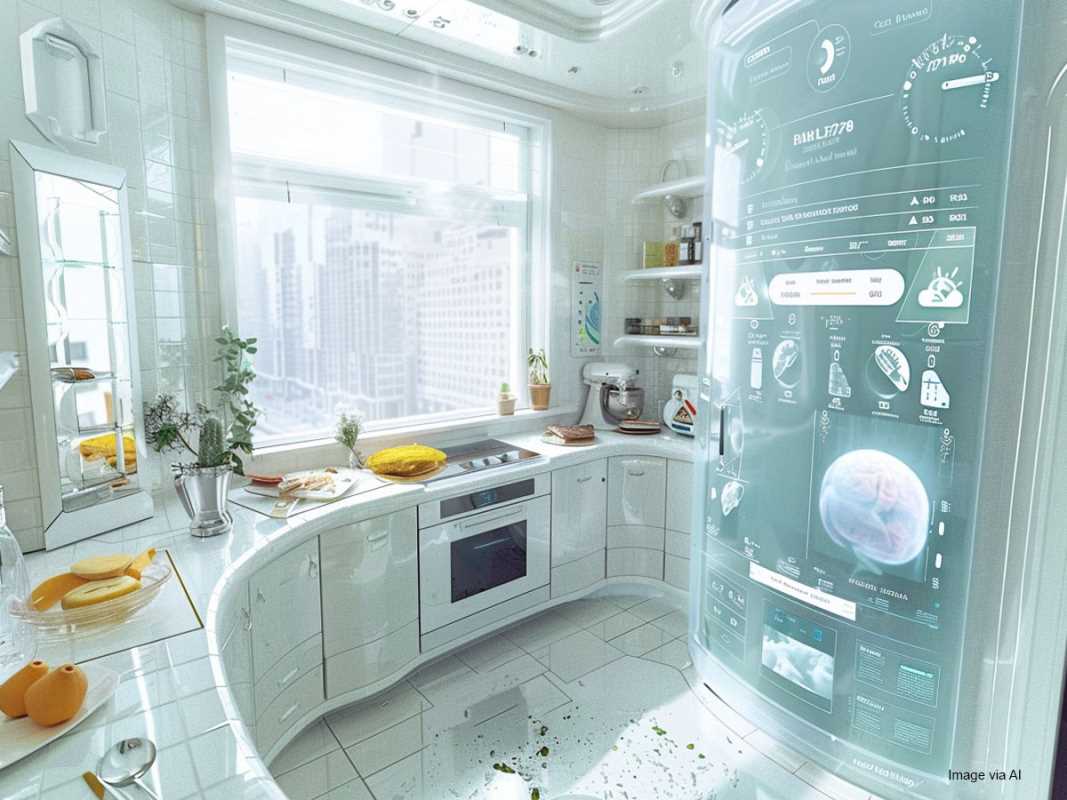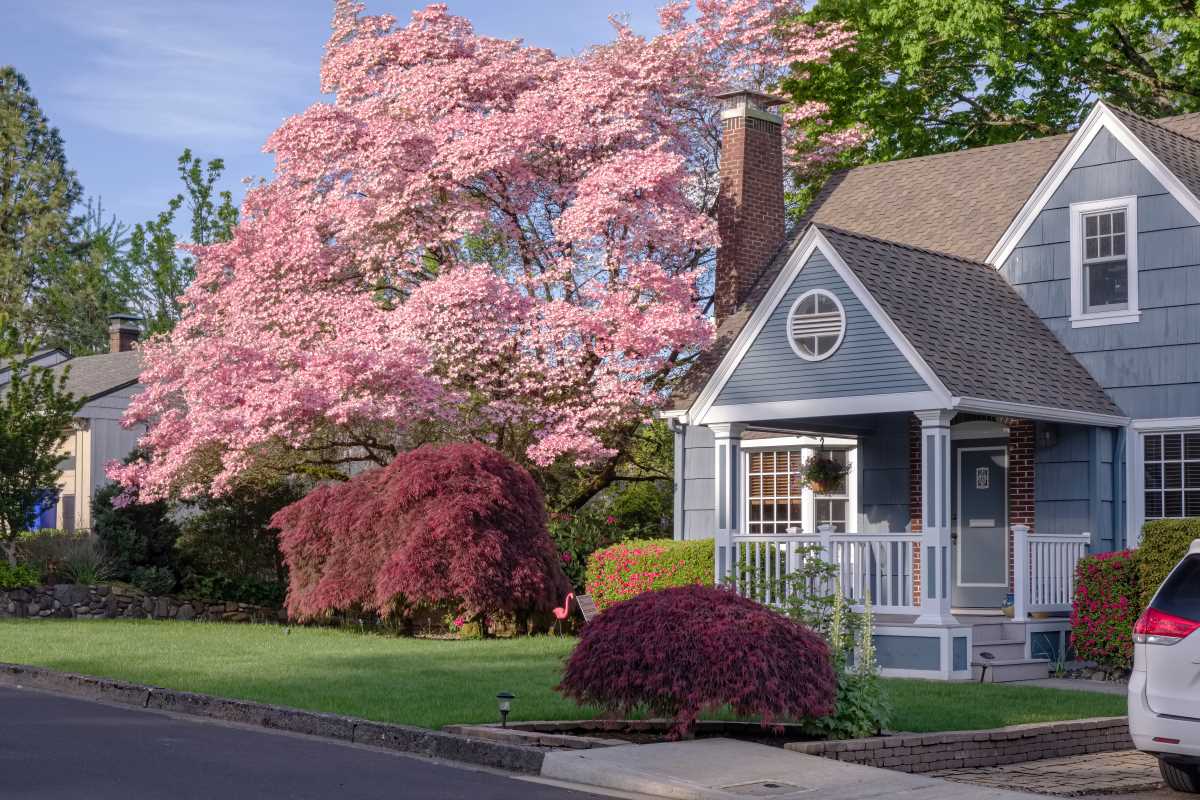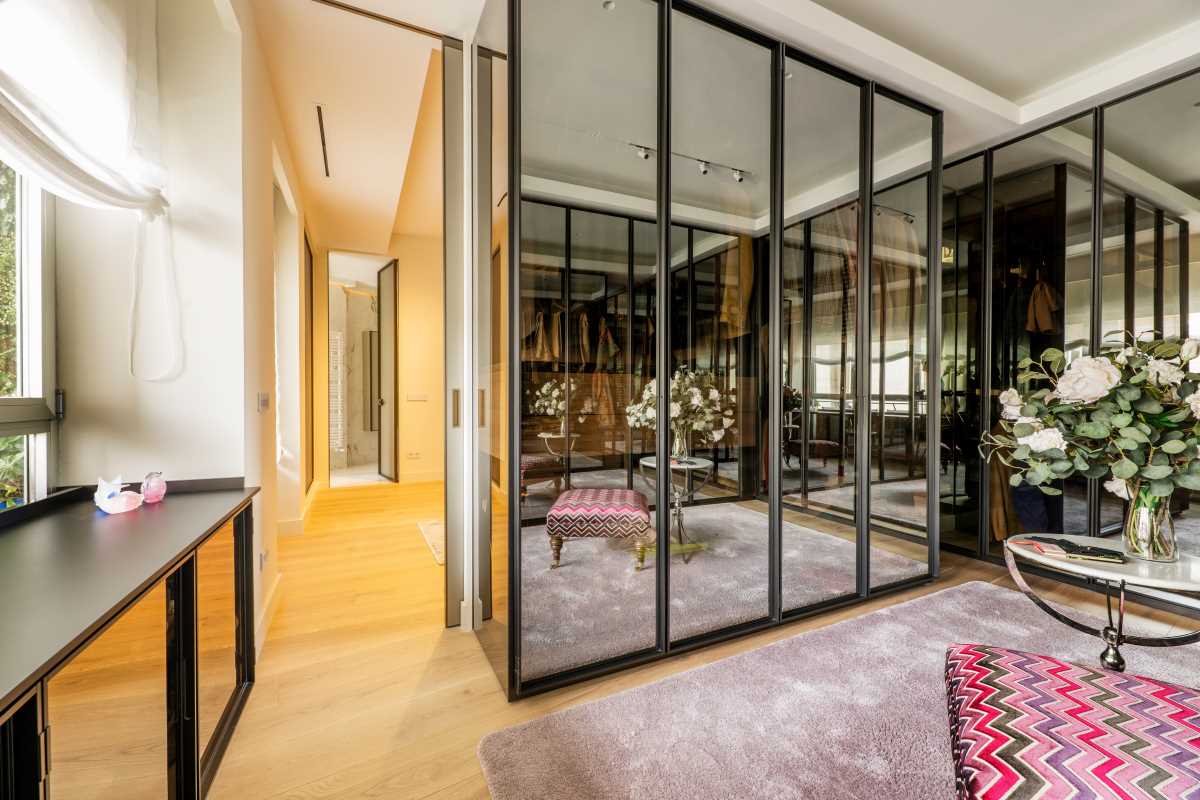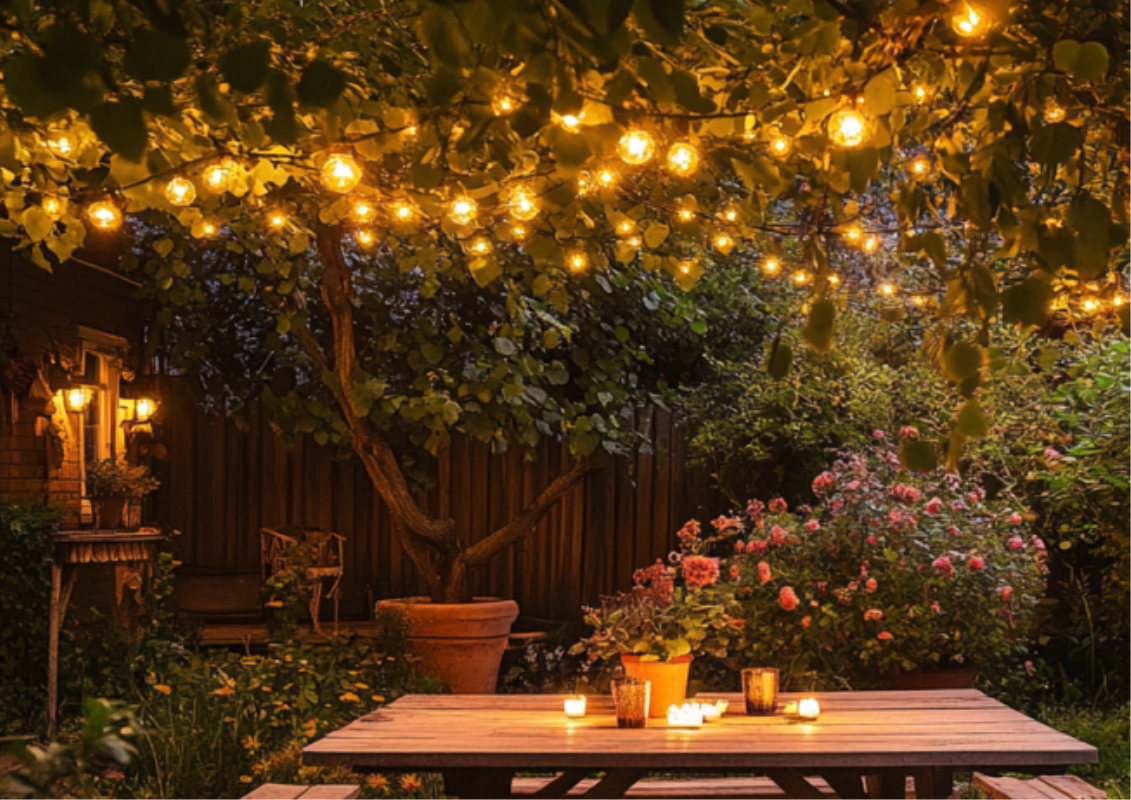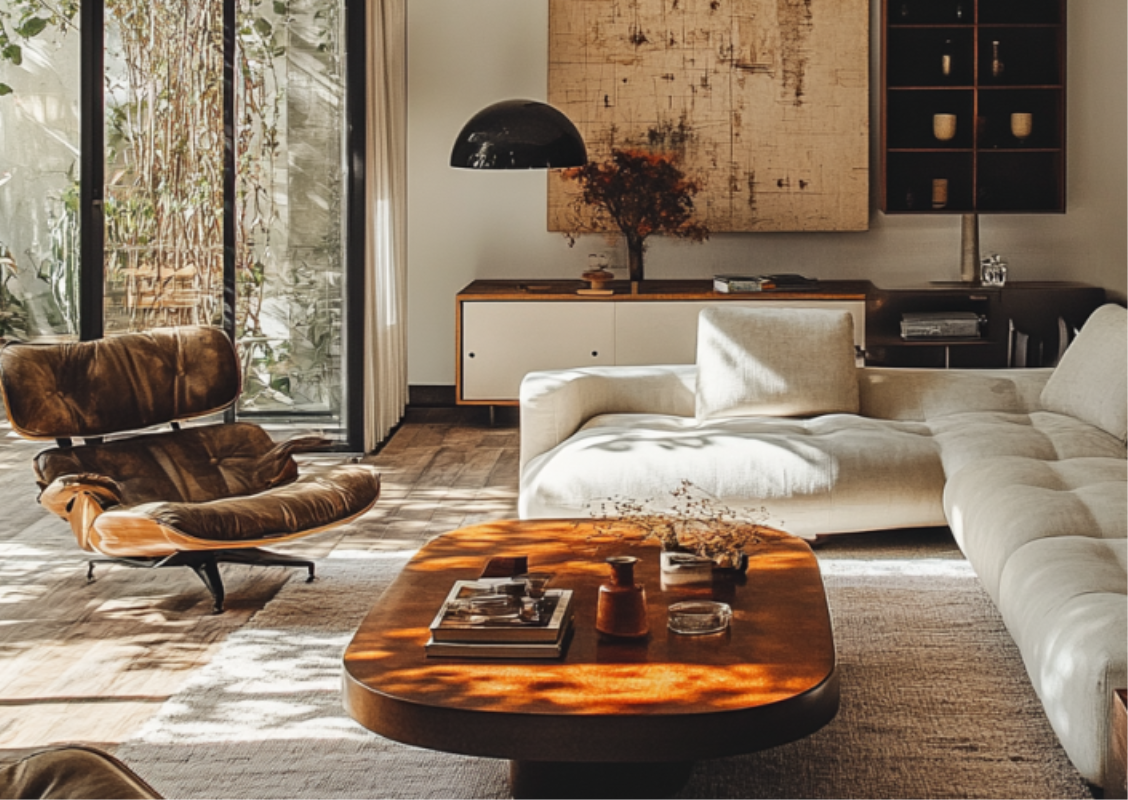Lighting isn’t just about illuminating a room; it’s about setting the mood, enhancing functionality, and even shaping emotions. Done right, lighting can make a home feel cozy, energizing, or sophisticated, depending on the effect you’re going for. Whether you want to add drama to your dining room or create a serene oasis in the bedroom, the right lighting scheme can work wonders. Below, we’ll explore how different lighting techniques and fixtures can completely transform your home’s ambiance, and we’ll throw in plenty of practical tips to inspire your own lighting makeover.
1. Layered Lighting for Flexibility and Depth
Think of lighting in three layers: ambient, task, and accent. Combining these elements creates depth and gives you control over the room’s vibe.
- Ambient lighting is your primary source of illumination, often coming from ceiling fixtures like chandeliers, recessed lights, or pendants.
- Task lighting focuses on a specific purpose, such as a desk lamp for working or under-cabinet lights in the kitchen.
- Accent lighting highlights specific features in a room, like artwork, bookshelves, or architectural elements.
Layered lighting lets you alternate between moods. For example, turn off the overhead light in the living room and rely on accent lamps and wall sconces for a softer, more intimate feel during a movie night.
Tip to try:
Install dimmers wherever possible. They allow you to control the brightness of ambient lighting, setting anything from a cheerful daytime glow to a romantic evening atmosphere.
2. The Power of Warm Vs. Cool Lighting
The color temperature of your light can dramatically affect a room’s ambiance. Warm lighting (yellow tones) is cozy and inviting, making it perfect for bedrooms and living areas. On the other hand, cool lighting (bluish tones) tends to feel fresh and energizing, so it works well in kitchens, offices, and bathrooms where focus and clarity are important.
For a balanced approach, consider using neutral lighting (around 4000K) in shared spaces, like dining rooms, as it accommodates a variety of moods.
Tip to try:
When shopping for lightbulbs, check the Kelvin scale on the packaging. Bulbs labeled around 2700K give off a warm glow, while anything above 5000K will feel crisp and cool.
3. Playing with Shadows for Visual Interest
Strategically positioned lighting can create fascinating shadows that enhance the room’s character. Picture an intricate pendant light casting artistic patterns on the wall or an uplight behind a plant that emphasizes its shape. These effects can turn a plain space into something magical.
At the same time, avoid harsh shadows in areas like bathrooms or work zones. Even lighting is key in spaces where functionality is a priority.
Tip to try:
Use uplights or downlights along a hallway or staircase to add drama. They provide subtle illumination while also guiding the eye along the path.
4. Choosing the Right Fixtures for the Right Mood
The type of fixture you choose can greatly influence how a space feels. For instance:
- Chandeliers lend a sense of elegance and formality to entryways or dining areas.
- Pendant lights can create modern, focused lighting perfect over a kitchen island or bar.
- Floor lamps add casual comfort, great for reading corners or living rooms.
- Wall sconces are a wonderful way to add subtle lighting that complements existing fixtures.
Each fixture carries its own personality, acting as an extension of your design style.
Tip to try:
Mix and match fixture styles across rooms, but ensure they share a similar finish or material (such as brass, black iron, or wood) for a cohesive look.
5. Lighting Placement for Function and Flow
Sometimes, where a light is placed is just as important as the type of light itself. For instance, installing lighting under cabinets or shelves provides targeted brightness without taking up additional space. Similarly, using properly placed pendant lights above a dining table concentrates light right where it’s needed.
One common mistake is placing lights only in the center of ceilings. Instead, experiment with peripheral lighting, like wall-mounted fixtures or corner lamps. This creates a more dynamic and even distribution of brightness.
Tip to try:
Add motion-sensor lights in closets or pantries for a dash of convenience. No switches needed!
6. Statement Lighting as a Design Feature
Sometimes, lighting doubles as both function and art. Statement pieces, like a sculptural chandelier or bold floor lamp, can instantly become the focal point of a room. A dramatic fixture over the dining table or a bold arc lamp in the living room not only provides light but also acts as a conversation starter.
Tip to try:
If opting for a statement fixture, pair it with more subdued lighting in other areas of the room to maintain balance. This keeps the focus on the standout piece.
7. Using Accent Lighting to Create a Mood
Accent lighting is all about highlighting features that you want to draw attention to. Use LED strips behind your TV for a modern glow, mount picture lights above artwork, or add soft light beneath bathroom vanities to create a spa-like effect.
Not into art pieces? Accent lighting can also work brilliantly for architectural elements! A beam of light on exposed brick or a textured wall instantly adds sophistication.
Tip to try:
If you’re layering lighting in a bedroom, try warm accent lights on each side of the bed instead of a harsh overhead light. It’s functional for reading and enhances the room’s cozy vibe.
8. Natural Light Integration
Don’t forget about natural light. Clean windows, lightweight curtains, or sheer shades can all amplify the amount of daylight that floods your space. The combination of natural and artificial light can make rooms feel open and inviting throughout the day.
Tip to try:
Place mirrors opposite windows to reflect natural light and make a room feel brighter and more spacious.
9. Outdoor Lighting to Extend Your Living Space
Extend your ambiance outdoors with well-planned exterior lighting. String lights instantly add charm to patios or balconies. Spotlights can showcase landscaping features, while pathway lights improve safety and visual appeal.
Tip to try:
Consider solar-powered lights for a sustainable solution in your garden or walkway.
10. Color-Changing Lights for Endless Creativity
Thanks to smart technology, you can now easily change the ambiance with a swipe on your phone. Color-changing LED lights allow you to adjust hue, brightness, and even patterns to suit specific occasions, like hosting a holiday party or enjoying a relaxing evening.
Tip to try:
Install smart bulbs in main living areas and experiment with settings. Soft yellows might be your go-to weekday choice, while vibrant colors turn things up for gatherings.
Lighting is one of the most versatile and impactful design tools you have at your disposal. By layering, adjusting temperatures, positioning fixtures wisely, and even incorporating smart technology, you can completely transform your home’s ambiance to match your vision. Start small and try one or two new techniques from the list above, then build upon those changes. You’ll be amazed at how much a thoughtfully lit space can elevate your daily life.
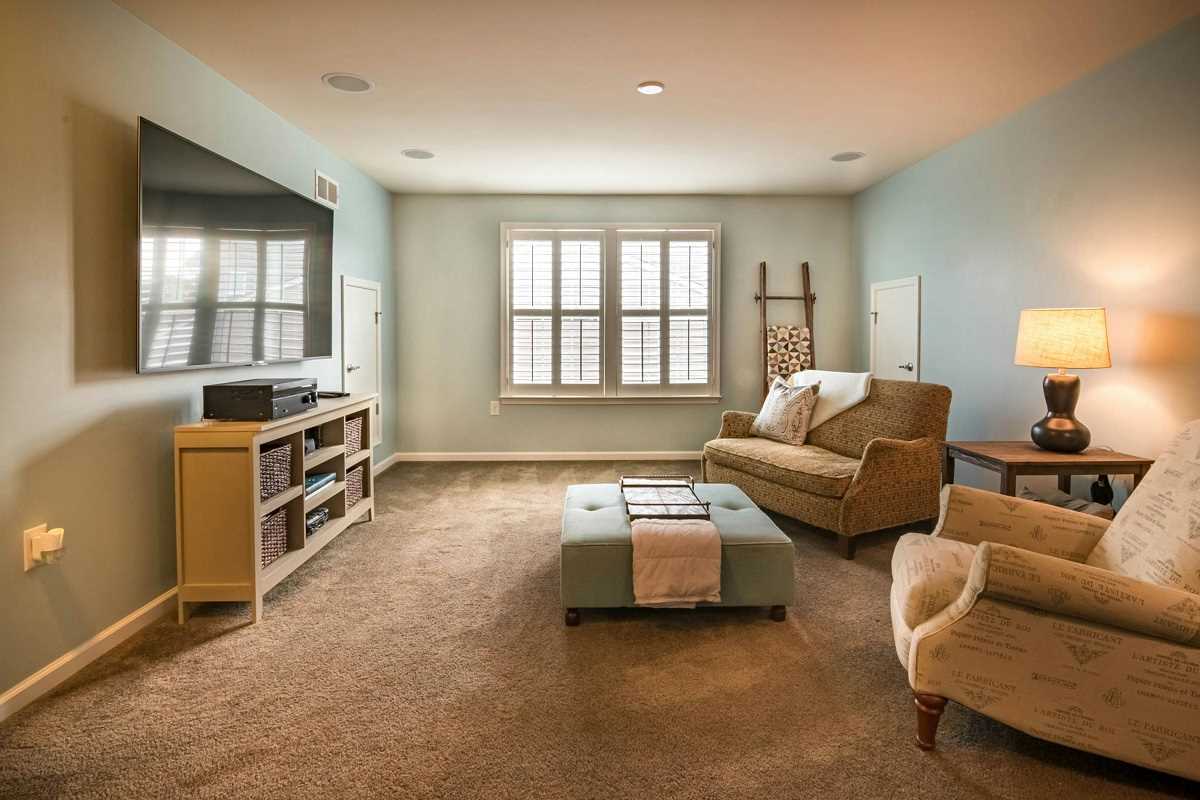 (Image via
(Image via